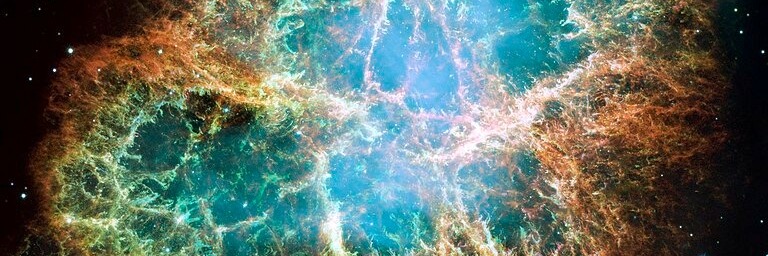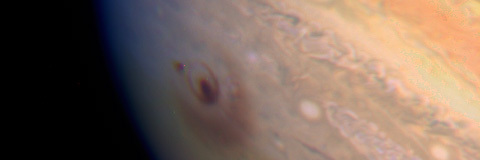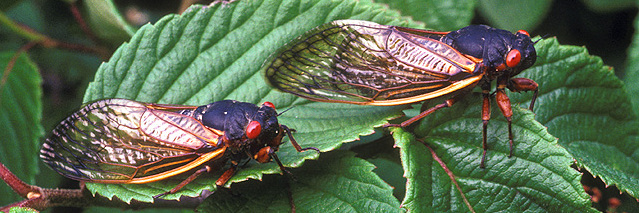Volcanic eruptions are among the most fascinating and destructive natural events that can take place on Earth. However, not all volcanic eruptions are the same, and volcanologists have subdivided them into different types. This classification is based on the mechanisms behind the eruption and the condition in which it happens, and different types are often…
Category: Science
The layers of the ocean
Oceans cover over 70% of the Earth’s surface, and contain 97% of our planet’s water. This huge environment, which is still mostly unexplored, is subdivided into various areas with different conditions. Each zone and each layer are their own unique habitat, and their subdivision depends on depth, with conditions changing as pressure increases and light…
The different kinds of supernovae
A supernova is one of the most dramatic and powerful phenomena in the universe. Supernovae occur during the final stages of the life of a massive star, and can cause the release of several solar masses of material. Because of this, supernovae can reach a luminosity comparable to that of an entire galaxy, before slowly…
The Carrington Event: the strongest solar storm ever recorded
Disturbances on the Sun can cause the expulsion of radiation and plasma in the form of solar storms, which can emanate outwards and impact the entire Solar System. One of the events associated with this type of solar activity is a coronal mass ejection (CME), which causes the release of massive quantities of matter and…
30 years ago the comet Shoemaker–Levy 9 collided with Jupiter
In July 1994, we witnessed for the first time ever an extraterrestrial collision in our Solar System in real time, when the comet Shoemaker–Levy 9 collided with Jupiter. This incredible event was followed by many people and extensively covered by the media, while astronomers all over the world studied the collision. Thanks to this impact…
The longest-living organisms on Earth
Animals, plants, and other organisms on Earth have widely different lifespans, as for example many species of insects live just a few days, while some plants can survive for centuries or even millennia. Humans can live longer than most other animals, as many people can reach an age of over 100 years. The oldest person…
Why 2024 will see the largest emergence of cicadas in the United States in over 200 years
Cicadas can be found in thousands of different species around the world, and they usually emerge once a year. However, the Magicicada genus of eastern North America is unique, as its species follow a periodical cycle, emerging either every 13 or 17 years. The members of the Magicicada genus spend 99.5% of their lives underground…
The Cistercian numerals: a peculiar numeral system from medieval Europe
Today the Arabic numerals (0, 1, 2, 3, 4, 5, 6, 7, 8, 9) are the most widely used symbols for writing numbers, adopted by most countries around the world. These numbers derive from a system originally developed in India, and later introduced to Europe by Arabs starting in the 10th century. The Arabic numerals…
The tremendous scale of the 2011 Japan earthquake
On March 11, 2011, at 3:46 p.m. local time, a magnitude 9.1 earthquake occured off the northeastern coast of Honshu, the largest island of Japan. This was the most powerful earthquake ever recorded in Japan, and one of the strongest ones in the world in the past few centuries. The shock and the tsunami…
How every chemical element was discovered and named
While a few elements are known since ancient history, most have been discovered since the 17th century, and the first list of elements was compiled by French chemist Antoine Lavoisier in 1789. The development of the atomic theory, and new techniques using electricity and spectroscopy, led to the discovery of several new elements in the…










